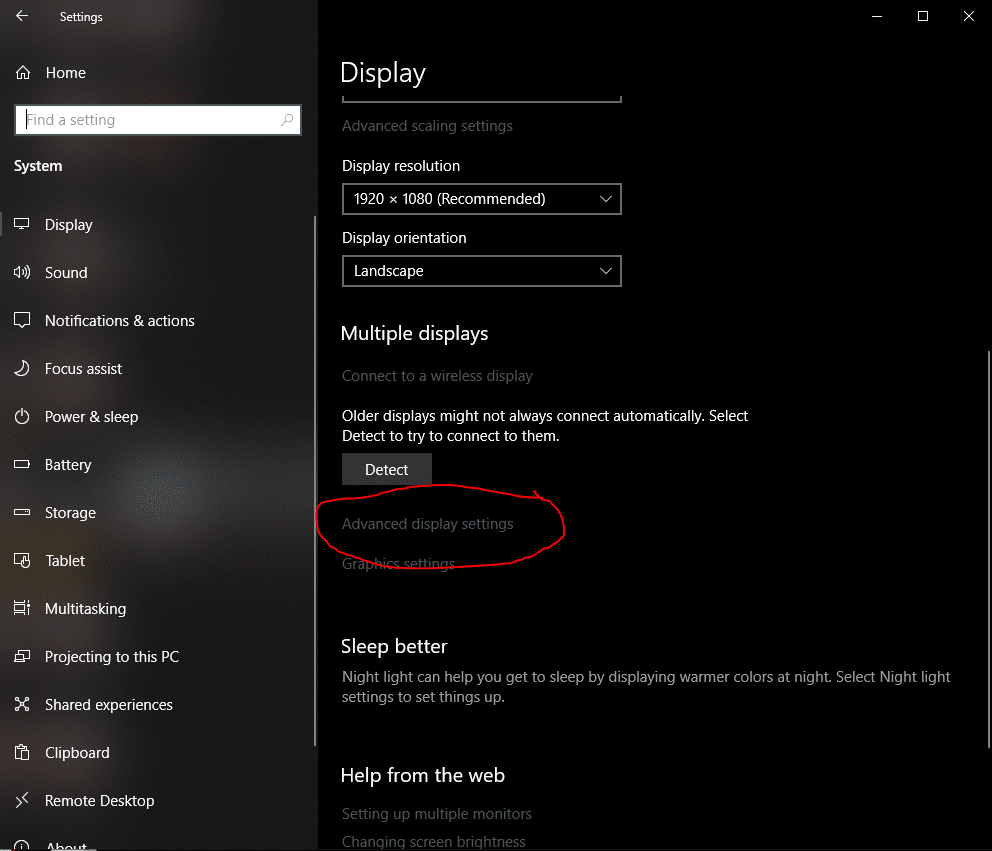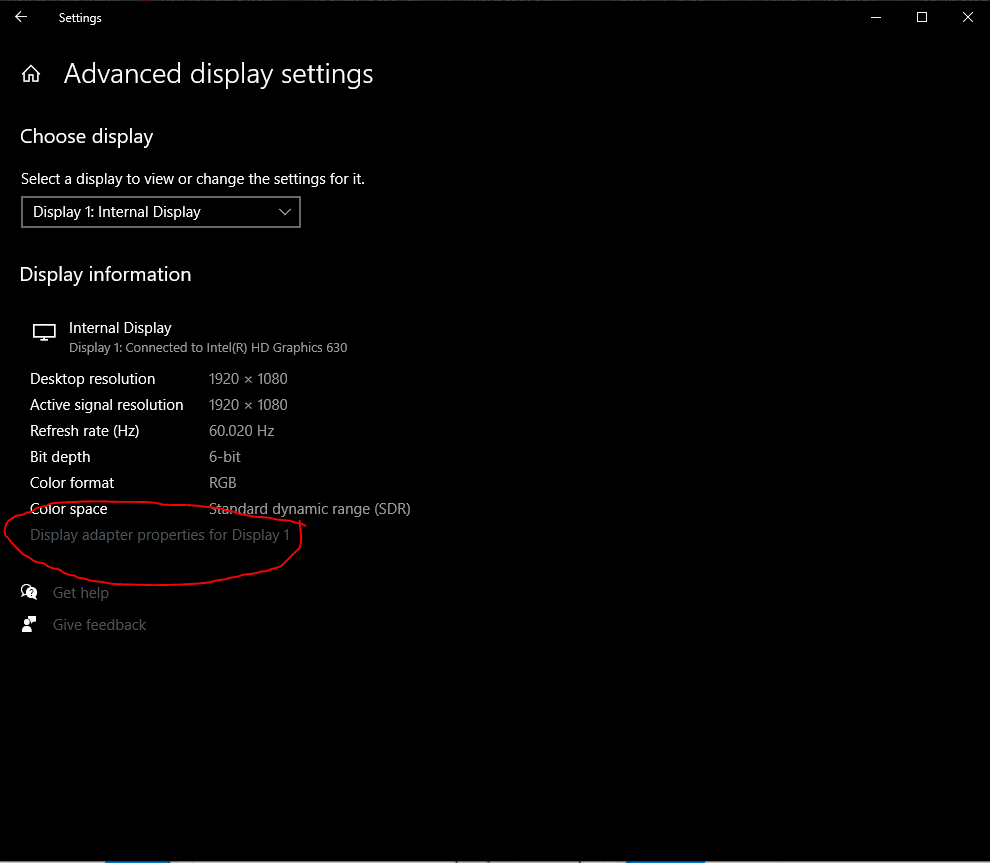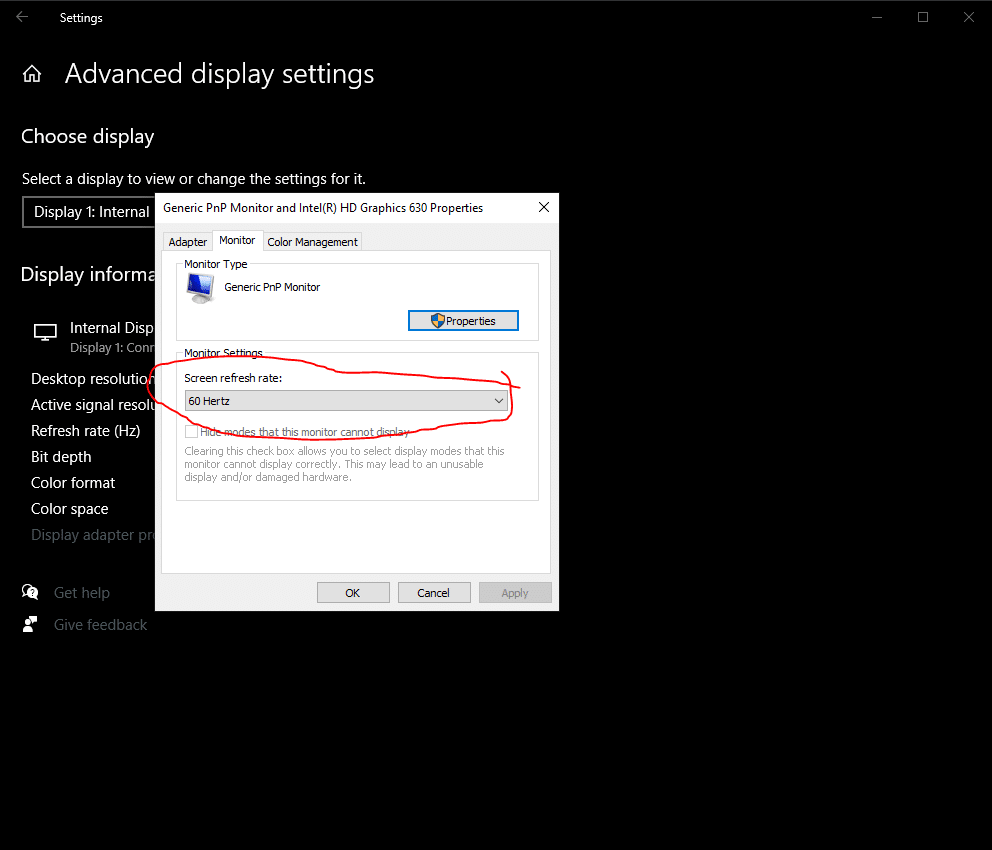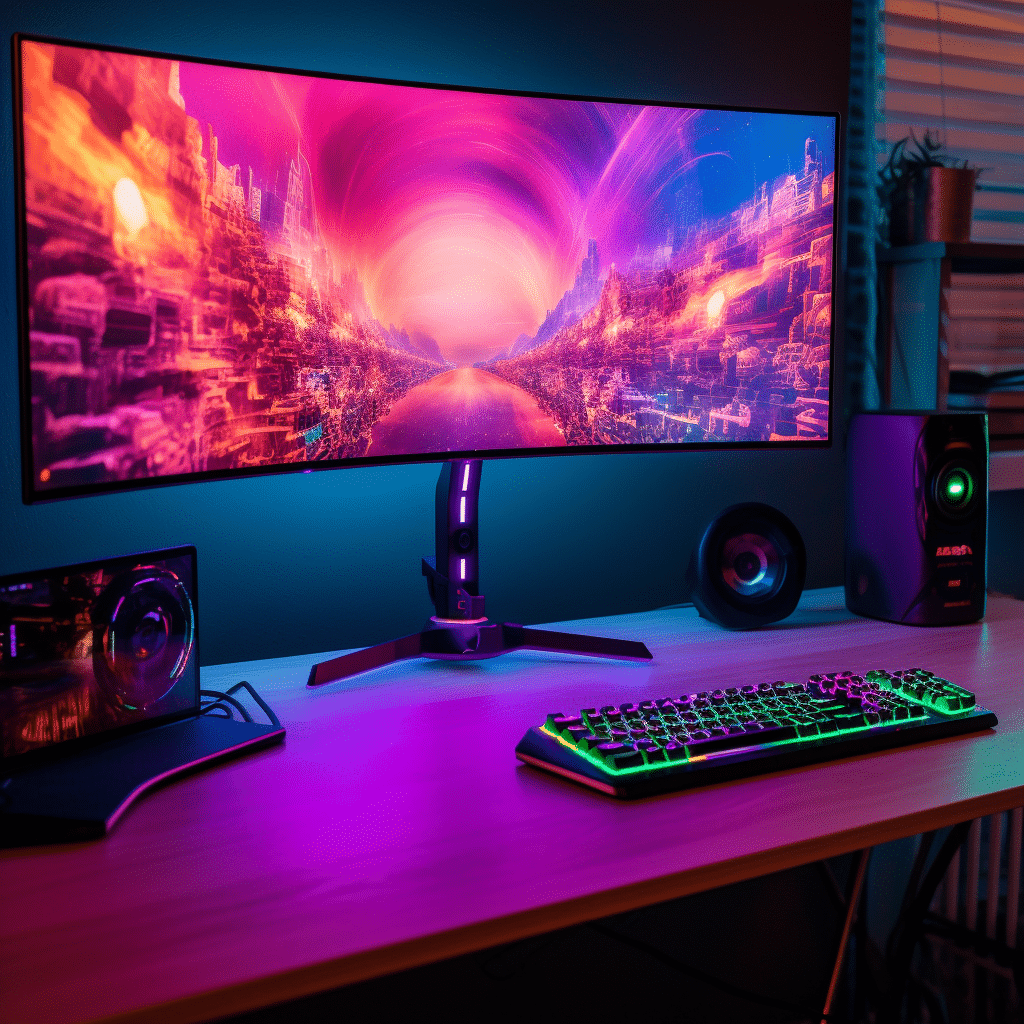If you’re a PC gamer, you’ve probably already heard about monitor refresh rates, but what exactly are they and how do they impact gaming? In this article, we talk about how Monitor Refresh Rate affects your gaming experience and why having an optimal set-up is necessary in competitive gaming.
What is Monitor Refresh Rate?
An important part of your gaming setup is a monitor with a decent, or if possible, high refresh rate. A monitor refresh rate refers to the frequency that a display is able to refresh images on screen per second; it is measured in Hertz, or Hz for short. The amount of Hz specifies the speed in which the monitor changes the images on your screen’s display. The most common monitor refresh rates in Hertz are 60 Hz, 75 Hz, 144 Hz and 240 Hz. Typically 60 Hz and 75 Hz display monitors are best for non-gamers or casual gamers, 144 Hz is better suited for more experienced gamers and 240 Hz for those who are either esports professionals or avid gaming enthusiasts.
Now that we know this, it seems like a no-brainer to go with the best monitor within your budget with the highest possible frame rate right? Unfortunately it doesn’t work that way. Your monitor refresh rate needs to be compatible with your system’s central processing unit (CPU) and graphics processing unit (GPU) in order to work in harmony together so that your system will be able to produce smooth image transitions. But how are those smooth image transitions created? This is where frame rate comes in.
What is Frame Rate?
Frame rate is the movement that can be seen on screen that is displayed by the difference between frames. Frame rate is measured in frames per second, and is often referred to as its abbreviated term FPS. Your monitor’s refresh rate basically puts a limit on the frame rate that is visible.
Note: Although monitor refresh rate and frame rate sound similar they serve different functions and come from different pieces of your system.
Here is a video by Nvidia showing the differences between 240fps, 144fps, and 60fps, matched with its respective Hz. The video greatly highlights the benefits of high FPS and Hz in esports.
Monitor refresh rate is an attribute of your monitor, whereas frame rate is an attribute of the information being sent to it from your system’s GPU which is responsible for completing the frames. Your monitor rate and frame rate also need to work in harmony to be able to agree on what is being shown on screen.
Example: if you were to play a game at a low frame rate, having a high monitor refresh rate won’t actually impact your gaming experience.
Why Monitor Refresh Rate Matters for Esports Players
Professional esports players spend hours and hours practicing their craft. Can you imagine spending hours and hours of practice to develop your skills and have perfect mouse precision, only for your monitor to lag a few frames behind? Tragic.
Simply put, excluding card games and turn-based games, monitor refresh rate is important in gaming especially for players who play at a competitive level such as esports professionals and in tournaments. Higher monitor refresh rates, such as 120 Hz and 240 Hz displays, deliver smoother gaming experiences with less input lag. This improved performance is a need for esports professionals for them to be able to deliver their best performance, the same goes for players who participate in tournaments.
The Tech Chap partnered with Nvidia shows the difference in quality of gaming for different monitors by testing different monitors with different hertz to find out if monitors with high refresh rates make a big difference in gaming and if it can help you win more.
Spoiler: It does.
Playing games with a monitor that has a high refresh rate has a substantial impact on your gaming experience and performance. This is especially relevant for fast-paced and competitive games where every frame counts. But simply having a 144Hz or a high refresh rate display is not enough to reap the benefits. Your system has to be able to keep up and process the frame rates necessary to take full advantage of your monitor’s high refresh rates.
The quality of hardware required to process higher refresh rates vary depending on the refresh rate that you are hoping to achieve, as well as the demand of the game that you are playing. Simply speaking, the higher the monitor’s refresh rate, the more FPS it will require from your CPU and GPU.
Games vary in how much load it will put on your CPU and GPU. Games that do not have a high graphics setting or do not use the latest graphics technology will require considerably less processes for your hardware. That means high refresh rates will be easier to attain even with less powerful hardware.
It is also important to note that the graphics setting used greatly impacts on how much your hardware has to process. Lowering the resolution will result in a higher FPS and refresh rate. So adjust your settings based on your monitor, hardware, and the game that you are playing to achieve the perfect gaming experience!
How to Change Monitor Refresh Rate
The monitor refresh can be seen on the PC settings. Whether it can be changed or what values can be set depend on the graphics card, monitor, and resolution that you have set. We’ll guide you how you can check and change your monitor refresh rate.
- Go to the Start menu, then click “Settings”
- Click “System”, then on the left-hand of the window, click “Display”
- Click the link “Advanced display settings”,

- Then click the link “Display adapter properties for Display 1.”

- In the new window, go to the monitor tab , from there you can change the Screen refresh rate through the dropdown.

- Select your preferred refresh rate, then hit “Apply”, then “OK.”
Always remember to pair your settings with a display that has the features that you are looking for. When your CPU, GPU, and monitor are in sync, the results will clearly show the advantages of higher refresh rates.
Read more of our articles about esports here.

